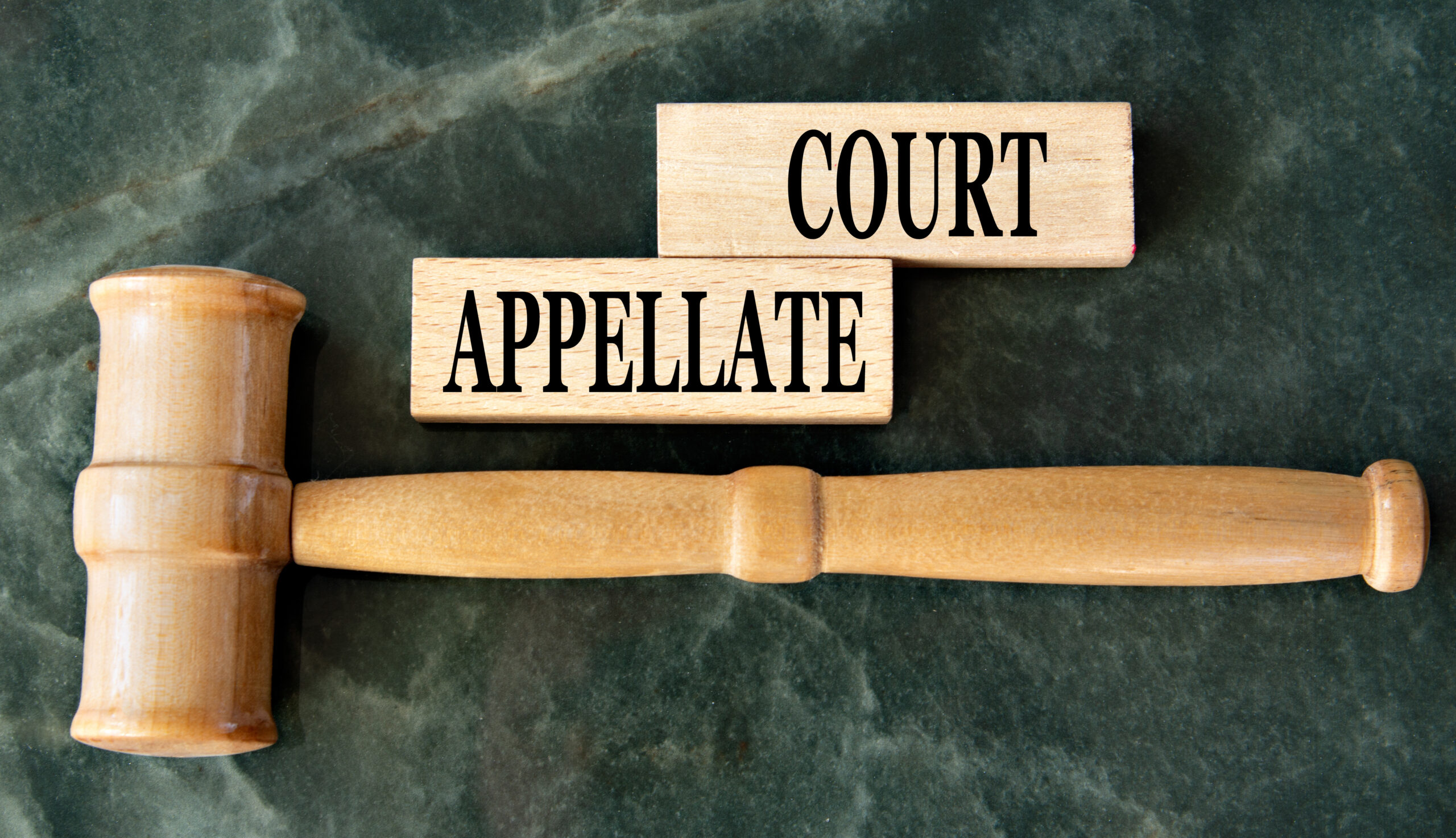Few things in life are certain. Death. Taxes. Chapter 13 plan payments must be completed within 5 years.
But wait – the Third Circuit Court of Appeals recently held that a Chapter 13 Debtor can receive a discharge, even if the final plan payment is made after 60 months.
In a case of first impression in the Circuit, the Court in In re Klaas held that a bankruptcy court has discretion to allow a “grace period” for a late curative payment and issue a completion discharge in favor of the debtor.
The case involved a situation where the Debtors proposed and confirmed a 60-month plan. Over the five years of the Plan, the Debtors remitted $174,104 to the Trustee as plan payments. However, sixty-one months after the start of the Plan, the Trustee filed a motion to dismiss because there were arrears under the Plan of $1,123, which the Debtors paid within sixteen days. However, another creditor had by then joined in the Trustee’s motion and pressed forward arguing that the failure of the Debtors to completely fund the Plan within sixty months was a material default, constituting cause for dismissal under 11 U.S.C. §1307(c). The creditor also filed an adversary proceeding objecting to discharge, which the bankruptcy court eventually decided in favor of the Debtors.
On appeal, the Court addressed several arguments raised by the creditor, including that the plain language of the statute bars any payment after the plan term. Specifically, § 1322 instructs that a court “may not” approve a proposed plan if it schedules payments over a period of more than five years. 11 U.S.C. § 1322(d). Likewise, under § 1329, a court “may not” approve a proposed plan modification that provides payments to be due more than five years after the first payment under the original plan was due. 11 U.S.C. § 1329(c). In addition, the court must find the plan is proposed “in good faith” and it is anticipated that “the debtor will be able to make all payments under the plan and to comply with the plan.” 11 U.S.C. § 1325(a); § 1329(b)(1).
However, the Court concluded that these seemingly strong arguments misapprehend the issue before the Court, which was not whether bankruptcy courts may confirm a plan that proposes a plan term greater than five years, but rather whether a bankruptcy court may deny a motion to dismiss and/or grant a completion discharge “when there remains at the end of that plan term a shortfall that the debtor is willing and able to cure.” The answer to that question is that the bankruptcy courts may—based upon two entirely different sections of the Bankruptcy Code: § 1307, which governs the Bankruptcy Court’s power to grant a dismissal, and § 1328, which governs its power to issue a completion discharge.
The Klaas Court identified several factors the bankruptcy courts should consider when evaluating whether to allow a grace period, including: (1) whether the debtor substantially complied with the plan, including the debtor’s diligence in making prior payments; (2) the feasibility of completing the plan if permitted, including the length of time needed and amount of arrearage due; (3) whether allowing a cure would prejudice any creditors; (4) whether the debtor’s conduct is excusable or culpable, taking into account the cause of the shortfall and the timeliness of notice to the debtor; and (5) the availability and relative equities of other remedies, including conversion and hardship discharge.
In the case before it, the Court concluded the Bankruptcy Court was well within its discretion to decline to dismiss and to grant summary judgment and a discharge to Debtors.
Although the Court found that the language of the statutory provisions was unambiguous, it nevertheless referenced the legislative history in support of its decision. Here, it found that the 60-month limitation was intended as a shield for debtors, rather than a sword for creditors. Under the facts, the decision is a practical and reasonable outcome. At the same time, it serves as a reminder that the Bankruptcy Code exists for the unfortunate but honest debtor, and the goal is to provide the proverbial “fresh start” for those individuals. In that context, the Klaas decision is neither surprising nor inconsistent with the legislative purpose of bankruptcy.









